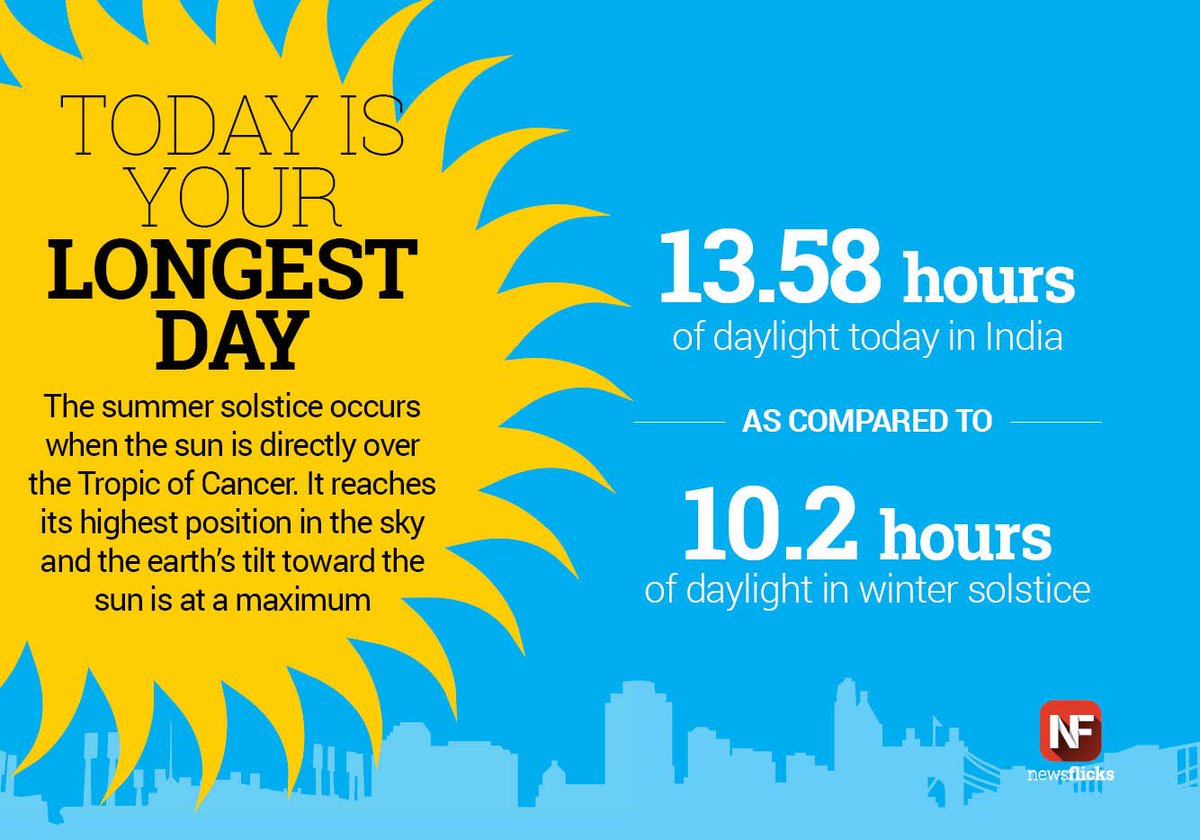
Astronomical events were often used to guide activities, such as the mating of animals, the sowing of crops and the monitoring of winter reserves of food. The solstice may have been a special moment of the annual cycle for some cultures even during Neolithic times. Winter solstice occurs in December for the northern hemisphere (bottom right), and June for the southern hemisphere (top right). Some ancient monuments such as Newgrange and Stonehenge are aligned with the sunrise or sunset on the winter solstice. It marked the symbolic death and rebirth of the Sun the gradual waning of daylight hours is reversed and begins to grow again. Since prehistory, the winter solstice has been a significant time of year in many cultures and has been marked by festivals and rituals.

Other names are the "extreme of winter" ( Dongzhi), or the "shortest day". Traditionally, in many temperate regions, the winter solstice is seen as the middle of winter although today in some countries and calendars it is seen as the beginning of winter. The term midwinter is also used synonymously with the winter solstice, although it carries other meanings as well. Although the winter solstice itself lasts only a moment, the term also refers to the day on which it occurs. In the Northern Hemisphere, this is the December solstice (usually 21st or 22nd December) and in the Southern Hemisphere, this is the June solstice (usually 20th or 21st of June). The winter solstice occurs during the hemisphere's winter. The opposite event is the summer solstice. Either pole experiences continuous darkness or twilight around its winter solstice. For that hemisphere, the winter solstice is the day with the shortest period of daylight and longest night of the year, when the Sun is at its lowest daily maximum elevation in the sky.

This happens twice yearly, once in each hemisphere ( Northern and Southern). The winter solstice, also called the hibernal solstice, occurs when either of Earth's poles reaches its maximum tilt away from the Sun. Twice a year (once in the northern hemisphere, once in the southern hemisphere, six months apart) At the Lawrence Hall of Science in California, visitors observe sunset on the day of the winter solstice using the Sunstones II.Īstronomically marks the beginning of lengthening days and shortening nightsįestivals, spending time with loved ones, feasting, singing, dancing, fires


 0 kommentar(er)
0 kommentar(er)
